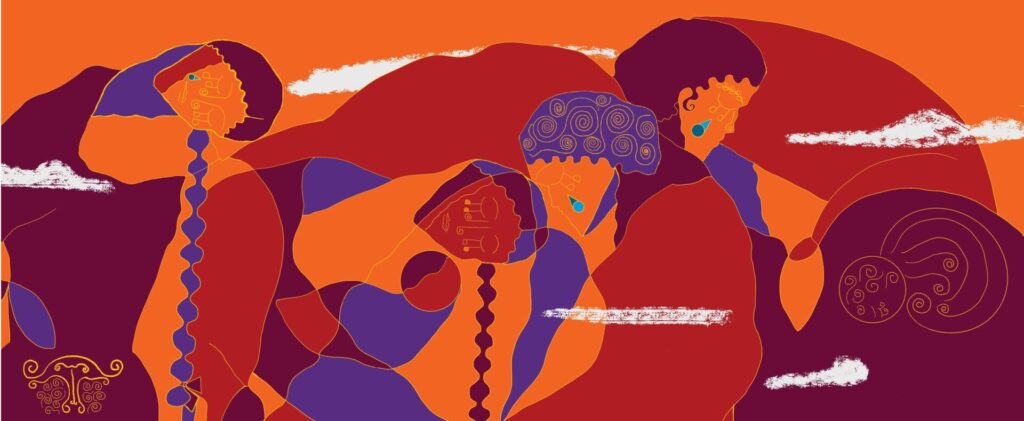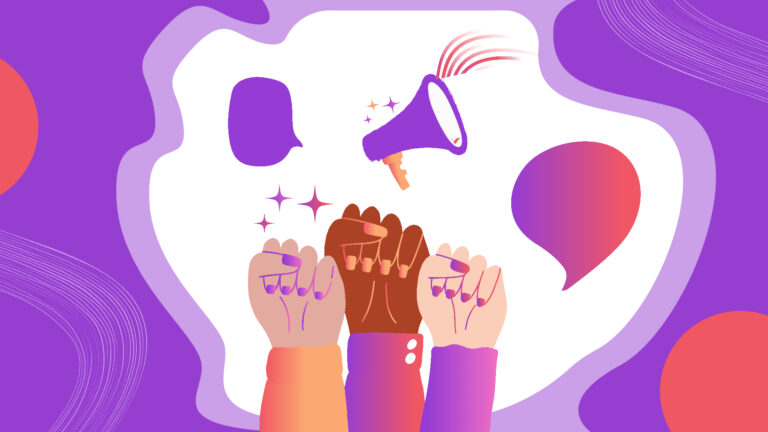Latest News & Updates
Misconceptions About Reproductive Health Related to Men
Many men and women believe that the concept of reproductive health pertains exclusively to women due to their biological roles during pregnancy and childbirth. However, this belief is entirely incorrect, as reproductive health includes both genders. There are numerous misconceptions that must be addressed and corrected among both men and
Menstrual Periods Amid Displacement, Water Shortages, and Lack of Sanitary Pads
Under the weight of relentless bombardment, forced displacement, and the horrors of war in Gaza, Sally, a young woman in her twenties, was forced to leave her home and seek shelter in a "school" that serves as a refuge for hundreds of families. The lack of the most basic hygiene
Sexual and Reproductive Rights: The Cornerstone of Feminist Movements
When sexual and reproductive rights are mentioned, activists often recall the hundreds of donor-funded projects that emerged in our region after the Cairo Conference on Population in 1994. These projects aimed to focus on reproductive rights, birth spacing, family planning, and contraception. The bolder feminist movements at the time fought
Test Your Knowledge

Time's up
Frequently Asked Questions
SRHR stands for Sexual and Reproductive Health and Rights.
SRHR encompasses a wide range of issues related to sexual and reproductive health, including access to contraception and family planning, prevention and treatment of sexually transmitted infections (STIs), safe and legal abortion, maternal health, and gender-based violence.
SRHR is important because it is a fundamental human right, and access to sexual and reproductive healthcare services is essential for individuals to be able to make informed decisions about their health, lives, and future.
Key Terms
- Adolescents, youth, and young people
- Patriarchy
- Comprehensive Sexuality Education (CSE)
- Gender
- Reproductive Justice
- Sexual and Reproductive Health and Rights (SRHR)
- Sexual violence
- Social Norms
Adolescents include persons aged 10 to 19 years while youth are persons between 15 to 24 years. Young people cover the age range 10 to 24 years.
A system of power based on the supremacy and dominance of men through the perpetuation of exploitation and oppression of women and people with intersecting identities.
“CSE is curriculum-based process of teaching and learning about the cognitive, emotional, physical, and social aspects of sexuality.
Gender refers to the characteristics and roles that societies attribute to women and men respectively. Gender is not ‘natural’ – it is constructed by societies.
Reproductive justice is when all people have the social, political and economic power to enjoy their right to bodily autonomy and sexual and reproductive self-determination.
Sexual and reproductive health is a state of physical, emotional, mental, and social sexual and reproductive wellbeing in relation to all aspects of sexuality and reproduction, not merely the absence of disease, dysfunction, or infirmity.
Sexual violence is a type of gender-based violence and is any sexual act, attempt to obtain a sexual act, unwanted sexual comments or advances or acts to traffic, or otherwise directed against a person’s sexuality using coercion or manipulation, by any person regardless of their relationship to the survivor, in any setting. Rape, sexual assault and sexual exploitation are all forms of sexual violence.
Social norms are collective beliefs about typical and appropriate behaviour that are held by a group of people and often enforced by social sanctions/rewards.



